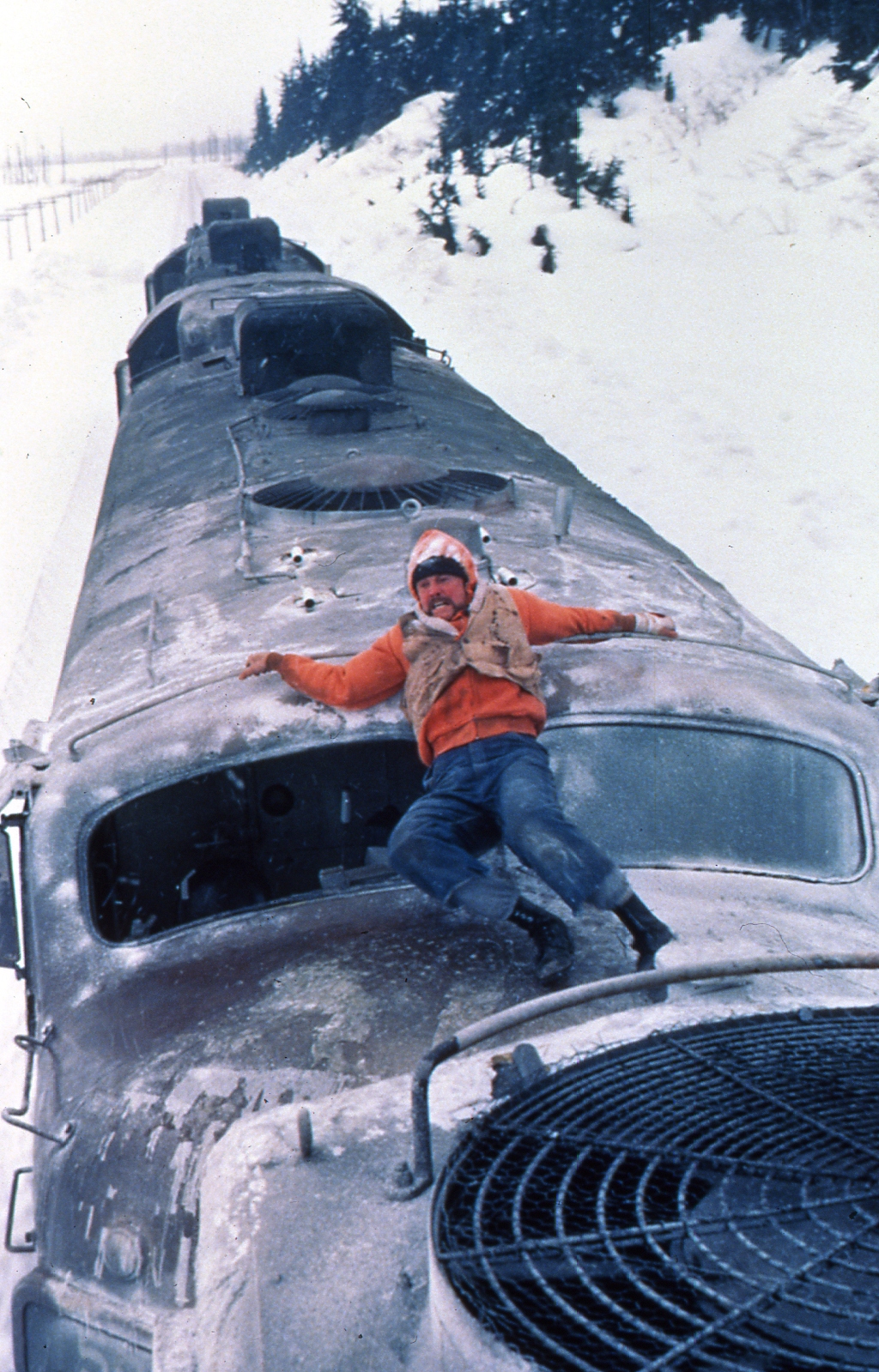The term "runaway train" has long captured the imagination of people worldwide, serving as both a literal and metaphorical representation of chaos, unpredictability, and unstoppable momentum. From its dramatic portrayal in Hollywood blockbusters to real-life incidents that have left communities shaken, the runaway train is a subject that straddles the line between awe-inspiring spectacle and sobering reality. But what exactly is a runaway train, and why does it continue to hold such a powerful grip on our collective psyche?
A runaway train is essentially a train that has lost its ability to be controlled, whether due to mechanical failure, human error, or external factors like environmental conditions. These incidents often result in catastrophic consequences, ranging from infrastructure damage to tragic loss of life. However, the underlying mechanics and events leading to such scenarios are far more intricate and nuanced than they appear at first glance. This article aims to peel back the layers and delve into the historical events, technological advancements, and safety measures surrounding runaway trains, offering readers a comprehensive understanding of this gripping subject.
In this detailed article, we’ll explore not just the technical aspects of runaway trains but also their cultural and psychological impact. With a formal yet engaging tone, we’ll take you through the history, the science, and the human stories behind these unstoppable machines. By the end, you’ll have a newfound respect for the complexities of rail systems and the tireless efforts of those working to make them safer. Buckle up, as we set out to demystify the runaway train phenomenon.
Table of Contents
- Biography of Runaway Train
- The History of Runaway Trains
- Mechanics Behind a Runaway Train
- Famous Runaway Train Incidents
- Psychological and Cultural Impact
- Technological Advancements in Train Safety
- Human Error and Its Role
- Natural Forces and the Runaway Train
- Modern Preventive Measures
- How Runaway Trains Are Managed
- Impact on Infrastructure
- Economic Repercussions
- Media and Popular Culture
- Frequently Asked Questions
- Conclusion
Biography of Runaway Train
Although a "runaway train" is not a person or entity in the traditional sense, it has a rich and storied history worth exploring. Unlike living subjects, the biography of a runaway train involves understanding its evolution, causes, and cultural significance. Below is a table summarizing the key aspects of runaway trains:
| Aspect | Details |
|---|---|
| Definition | A train that has lost control and cannot be stopped. |
| First Recorded Incident | Mid-19th Century |
| Primary Causes | Mechanical failure, human error, environmental conditions |
| Technological Advancements | Automatic brakes, fail-safe systems, remote monitoring |
| Cultural Impact | Subject of movies, books, and songs; metaphor for uncontrollable situations |
As we journey through this article, we’ll build on this foundational understanding to explore the many facets of runaway trains, from their historical origins to their enduring presence in modern society.
Article Recommendations
- Redefining Luxury The New Class Of Status Watches
- Melinda Wayne Hollywood Royalty And Her Impact On Cinema
- Chrissy Amphlett Net Worth A Deep Dive Into The Life And Career Of A Rock Legend

